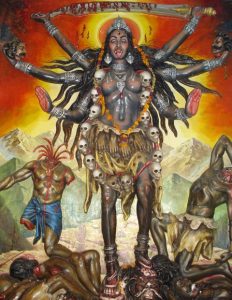
Esoteric hidden meaning behind the asuras sumbha and nisumbha
The root word ‘bha’ in the names of shumbha and nishumbha means ‘light’. However, their light is not real like the light from the

The root word ‘bha’ in the names of shumbha and nishumbha means ‘light’. However, their light is not real like the light from the
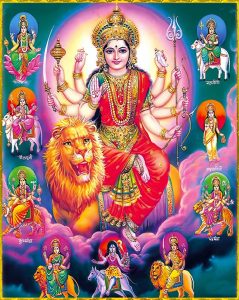
The Supreme Goddess Is The Mother of the Universe, almost identical with the Brahman of Vedanta, but only at the transcendental level. No doubt The
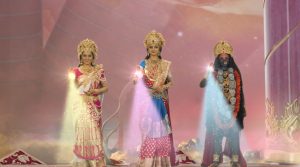
In The “Devi Mahatmya”, in the third episode the demons are more complex and subtler. This time the chief demons are Sumbha (Asmita: “I”/ “Me”,
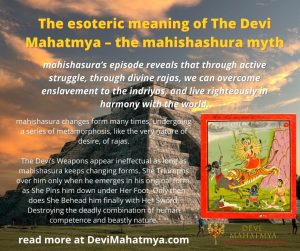
Second Episode-mahishasuramardhini myth This is the second episode where The Adi Sakti Manifests As The Devi Durga and Overcomes mahishasura, the buffalo headed demon who

The “Devi Mahatmya” is variously known as Sri Durga Saptashati, Sri Chandi or Saptashati It is referred to as Saptashati as it comprises of seven hundred

The first episode reveals the power of tamas, the power of delusion, how in ordinary state of being, humans are all deluded. The first episode
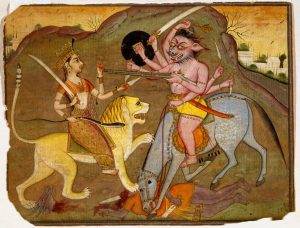
Though The “Devi Mahatmya” is seemingly a narrative of the battle between The Devi and the asuras, there is a deeper significance to these demons
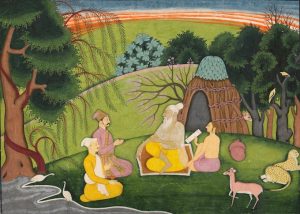
The true significance of the main characters Suratha and Samadhi, with whom The “Devi Mahatmyam” begins and ends, is explained below. Suratha (a good chariot)
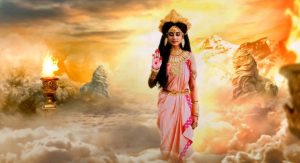
The king and the merchant are archetypal characters. We are all a bit like the king and the merchant. We all share their predicament. At some
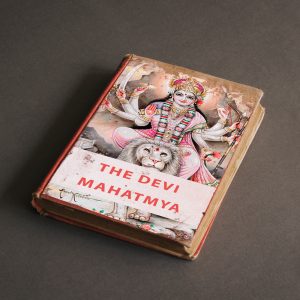
Suratha is “one who has a good chariot” (su: good; ratha: chariot). The body is the chariot while the Self is the rider. “The Self is the rider, and